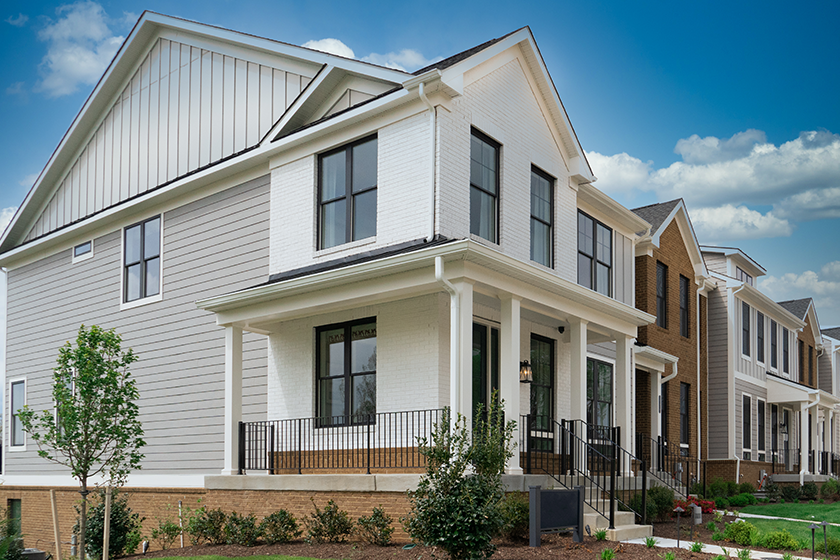Fiber cement siding is known for its variety of benefits like durability and low maintenance, but even the toughest materials can sustain damage over time. Learning how to repair fiber cement siding can prevent the need for replacements and help maintain your home’s appearance. Follow these steps to fix common issues like cracks, holes, and broken panels in your fiber cement siding.
Inspect the Damage
Start by carefully examining the damaged area. Look for cracks, chips, or sections where the siding may have pulled away from the house. Take note of the size and extent of the damage to determine whether a repair or replacement is necessary. Cracks and small holes can typically be patched, while larger damage might require replacing the entire panel.
Gather the Tools and Materials
Before starting the fiber cement siding repair, collect the necessary tools and materials. You will need:
- Fiber cement patching compound or exterior-grade caulk
- Sandpaper (medium grit)
- A putty knife or trowel
- Replacement fiber cement boards (if needed)
- Paint or finish to match your fiber cement siding
- Safety gear, including gloves and goggles
Having everything ready will make the fiber cement siding repair process more efficient and straightforward.
Clean the Damaged Area
Proper preparation is essential for a successful fiber cement siding repair. Clean the damaged area with a soft brush or cloth to remove dirt, debris, and any loose material. For cracks or holes, use a vacuum or compressed air to ensure the space is clean and ready for the patching compound. This step ensures that the repair materials adhere properly.
Patch Cracks and Small Holes
For minor damage, apply a fiber cement patching compound or exterior-grade caulk to the affected area. Use a putty knife to spread the compound evenly, filling the crack or hole completely. Smooth the surface to match the surrounding siding and allow the patch to dry according to the manufacturer’s instructions.
After the patch has dried, sand it lightly with medium-grit sandpaper to ensure a seamless finish. Once sanded, the patched area is ready for painting.
Replace Damaged Panels
If a section of the fiber cement siding is beyond repair, replacing the panel is the best solution. Begin by carefully removing the damaged panel using a pry bar or similar tool. Take care not to damage adjacent panels during removal.
Cut a replacement panel to fit the exact dimensions of the damaged section. Attach the new panel to the structure using corrosion-resistant nails or screws. Be sure to seal any gaps with caulk to protect against moisture infiltration.
Paint or Finish the Repaired Area
To blend the repaired section with the rest of your siding, paint or finish the area using a product that matches your existing color. Use high-quality exterior paint designed for fiber cement siding to ensure durability and weather resistance. Apply the paint evenly, and consider applying a second coat for a more polished look.
Maintenance Tips to Prevent Future Damage
Regular maintenance can help prevent the need for frequent repairs. Clean your fiber cement siding periodically to remove dirt and grime. Inspect it for signs of damage, especially after severe weather, and address issues promptly. Keeping nearby vegetation trimmed can also reduce the risk of scratches or impact damage.
Call Monastery Roofing for Expert Siding Installation Services
Repairing fiber cement siding can be a manageable task for minor issues, but larger problems may require a new fiber cement siding installation.
Monastery Roofing is here to help. With over 15 years of experience, our family-owned business specializes in siding installation in Maine. Unlike other contractors, we use our own crews to ensure top-notch workmanship and reliability.
Contact us today for a free estimate.

